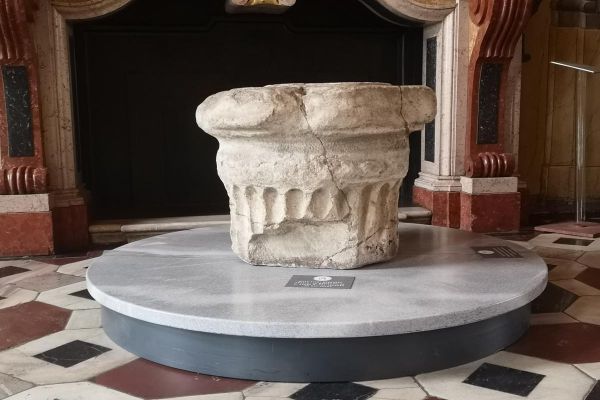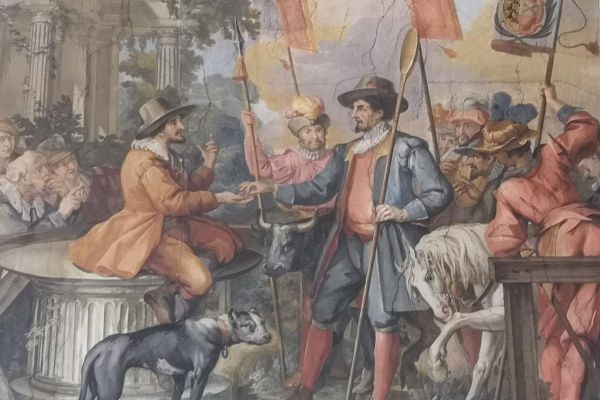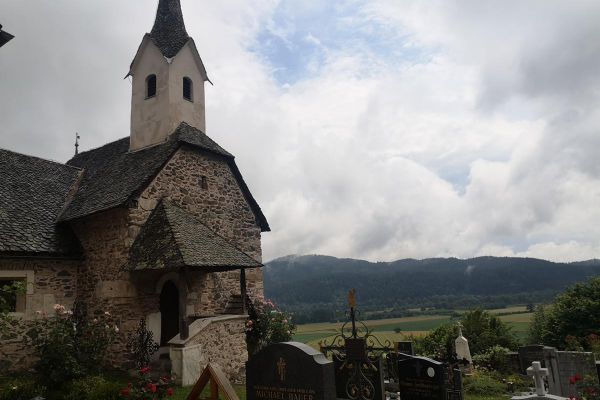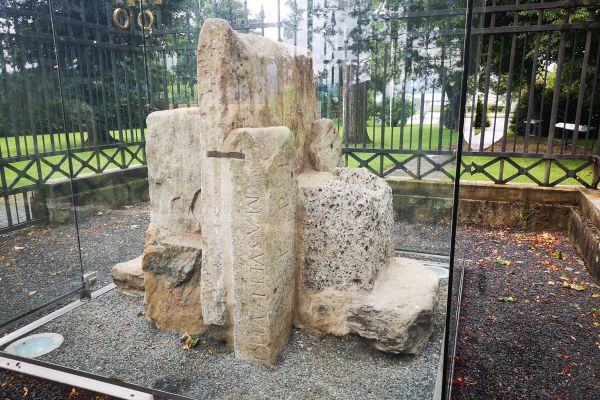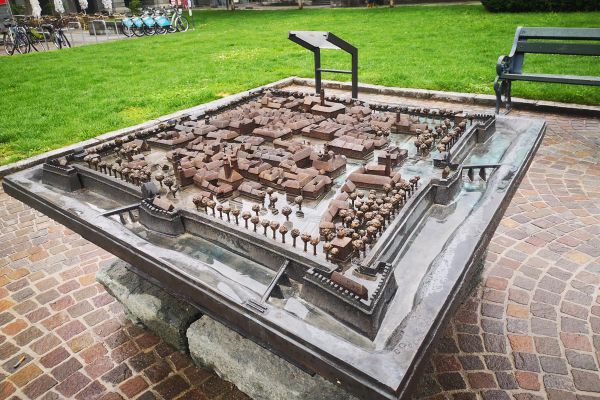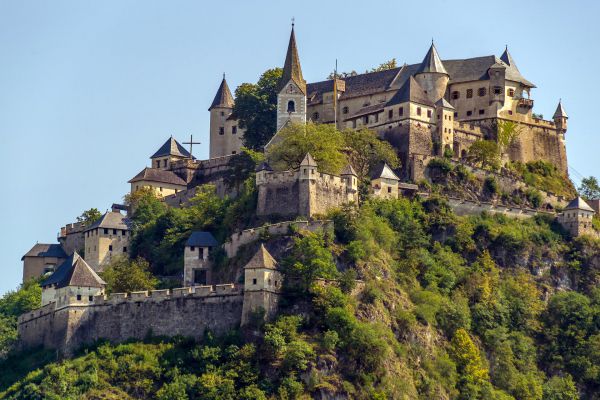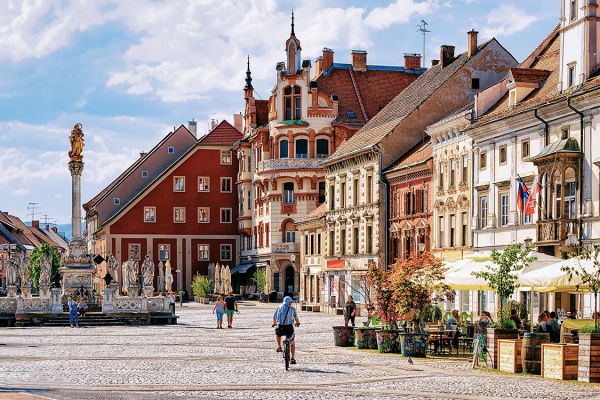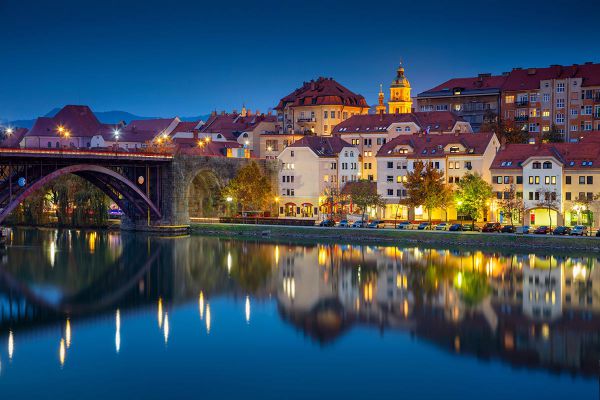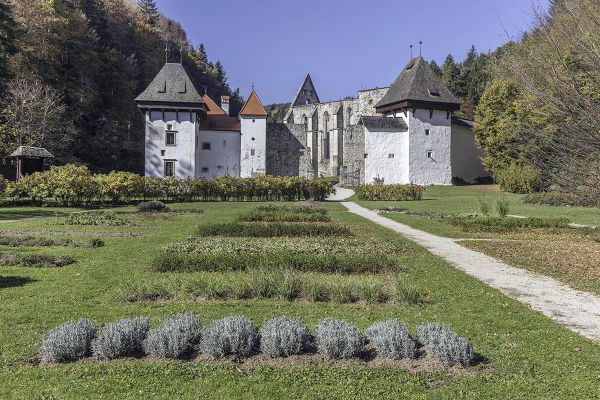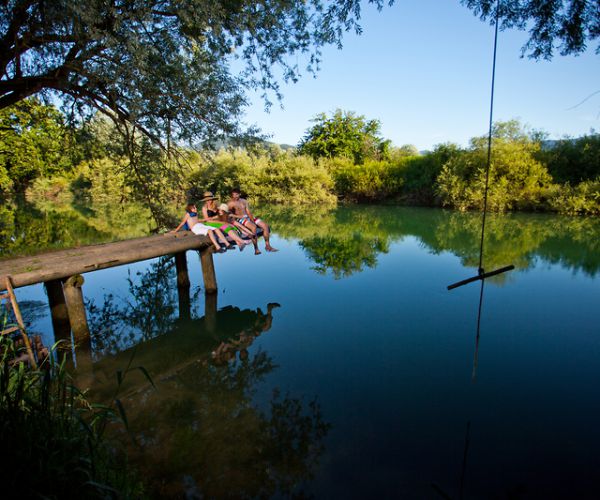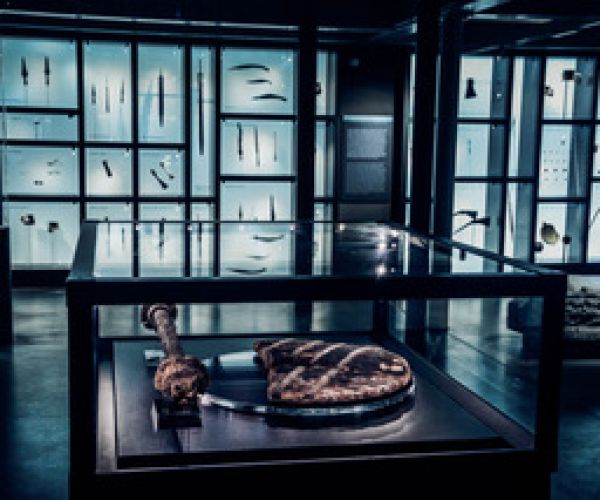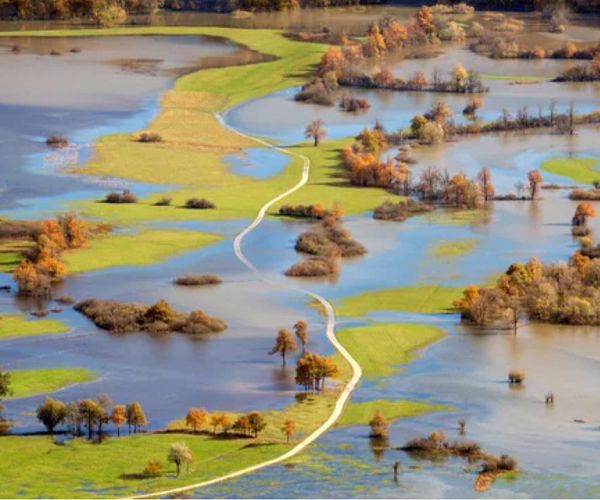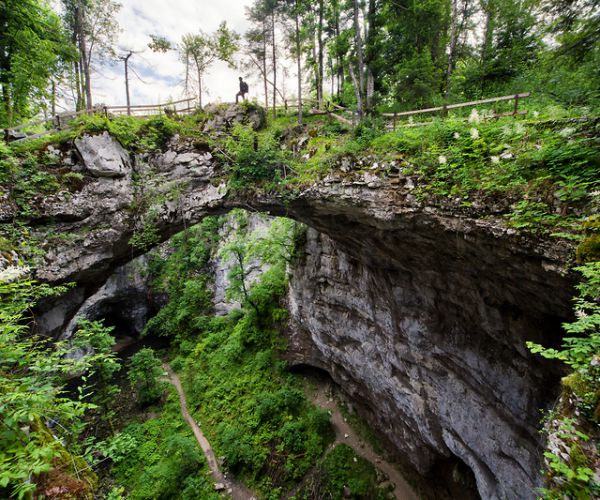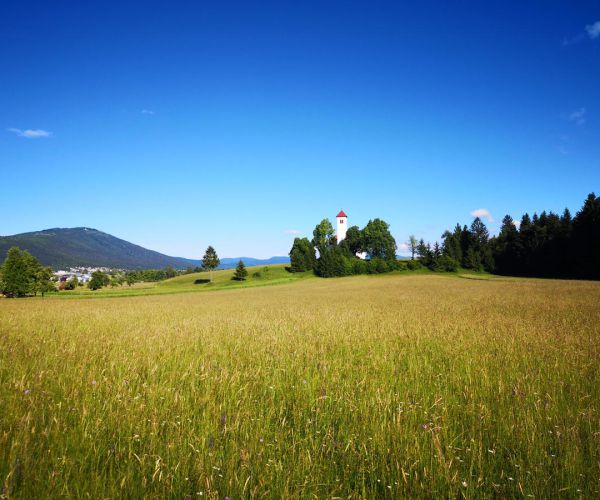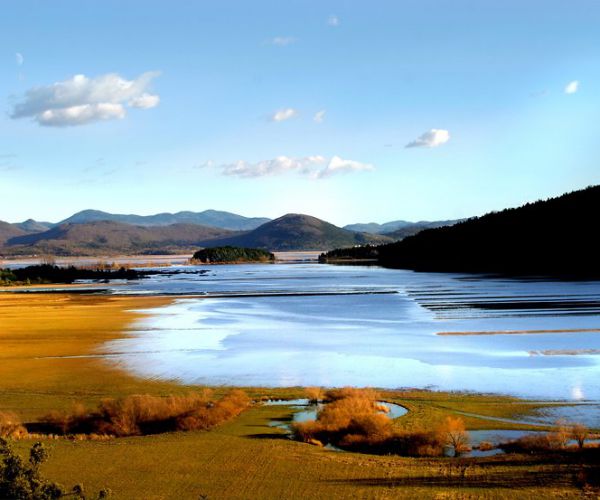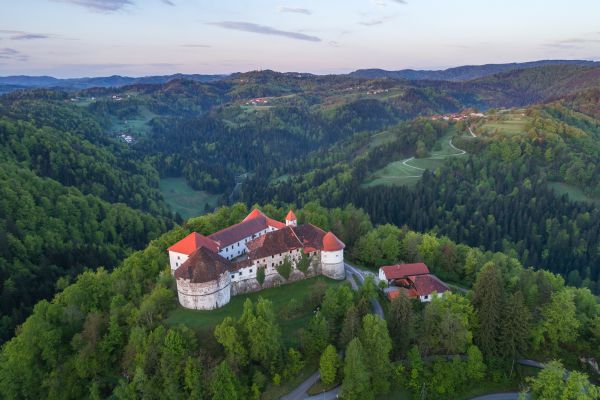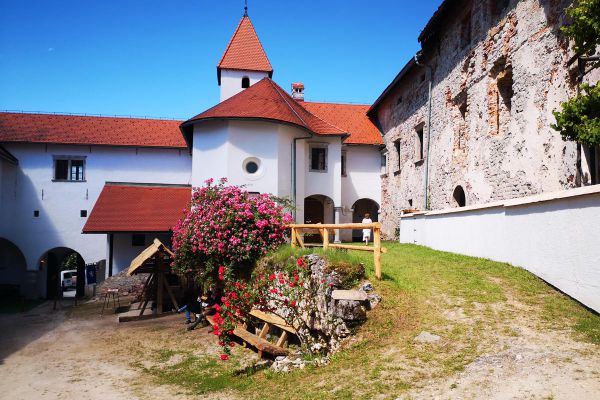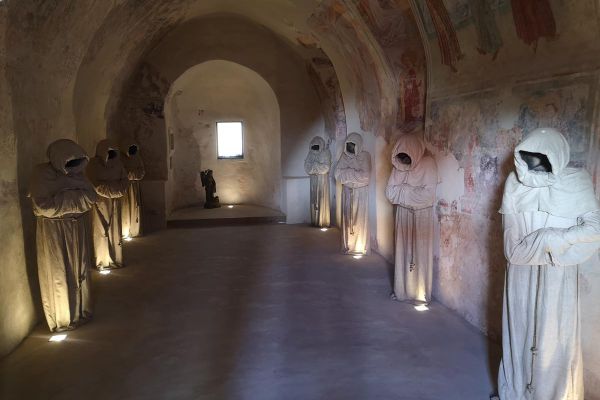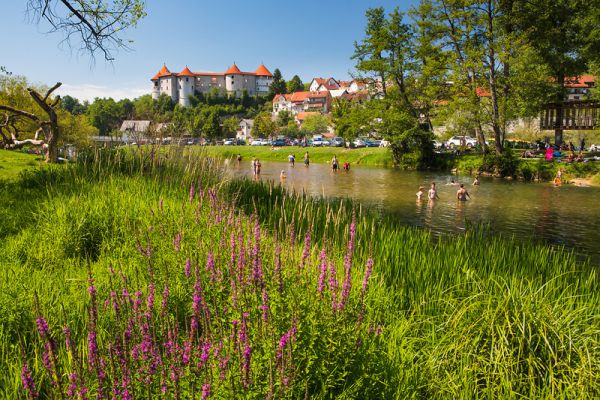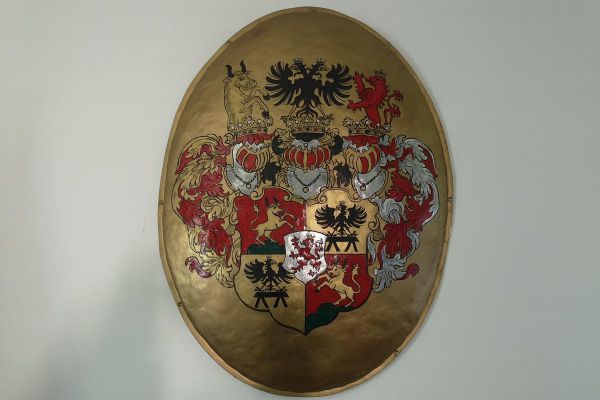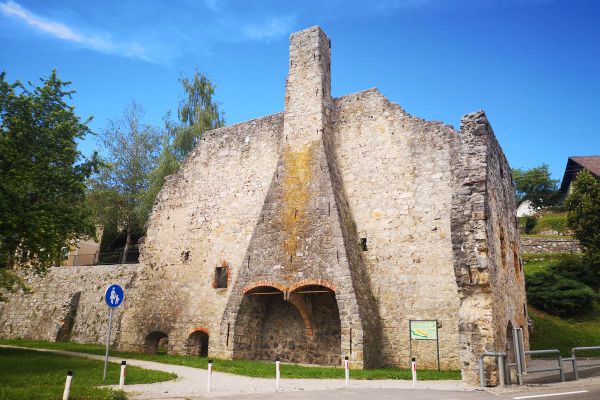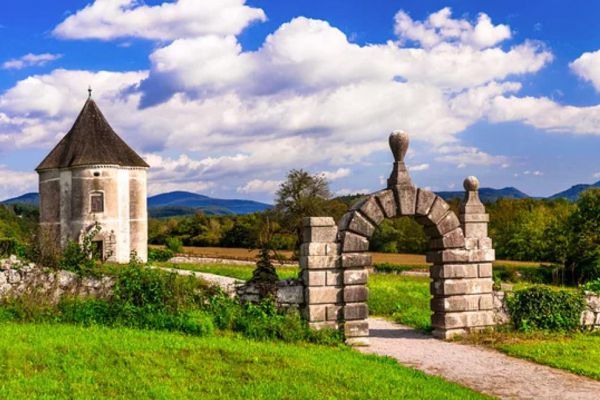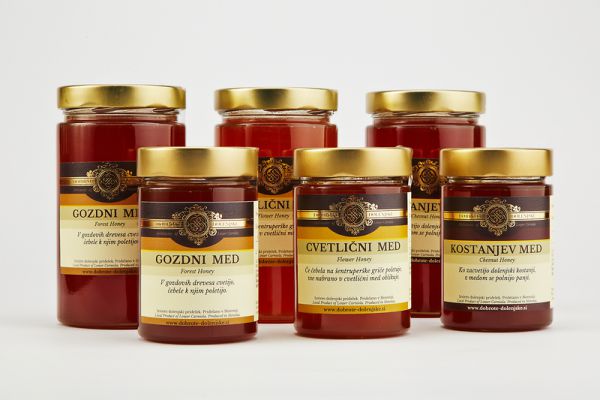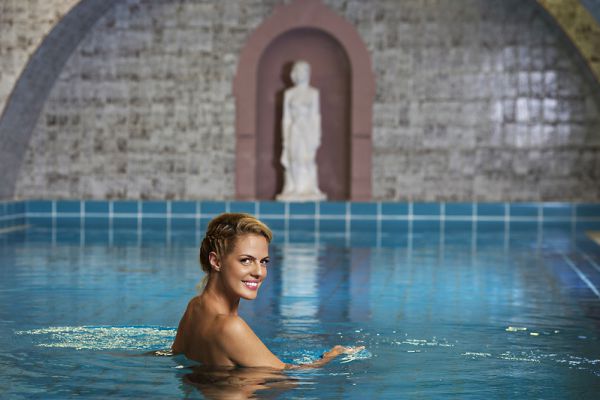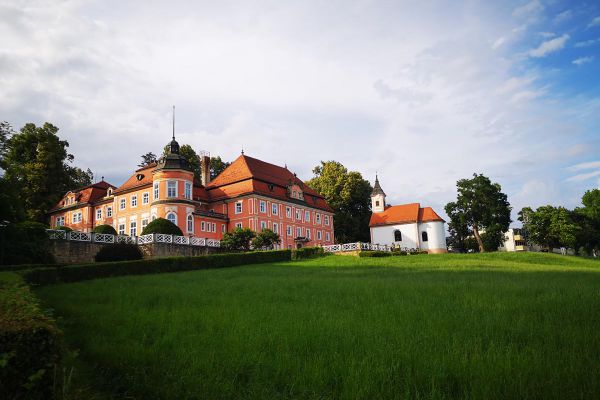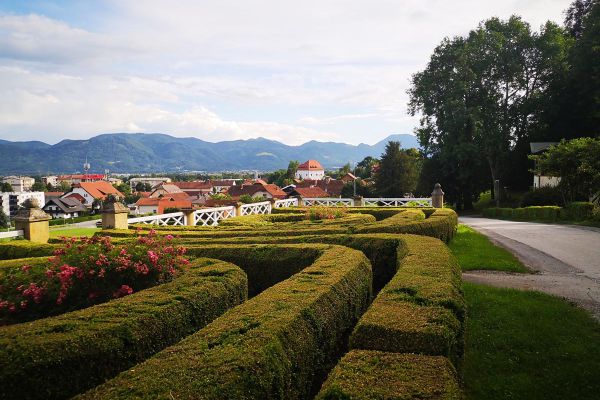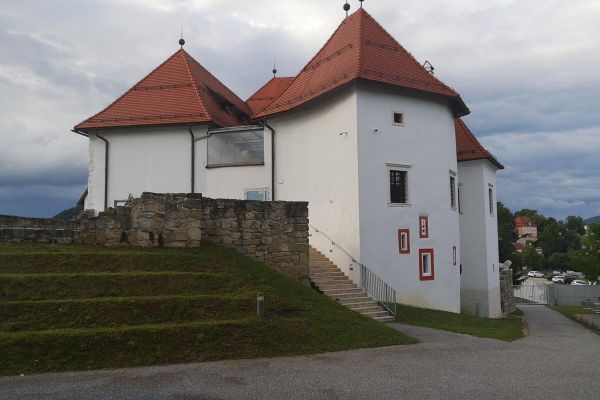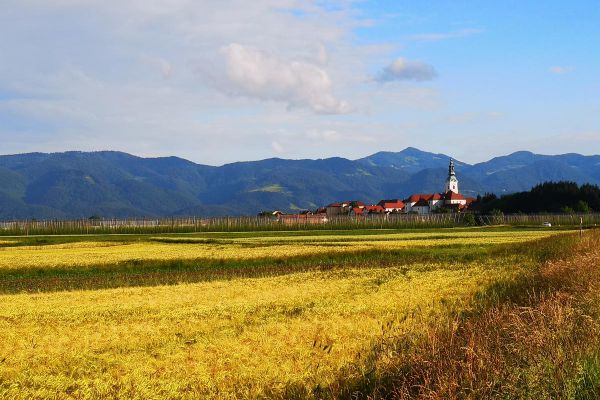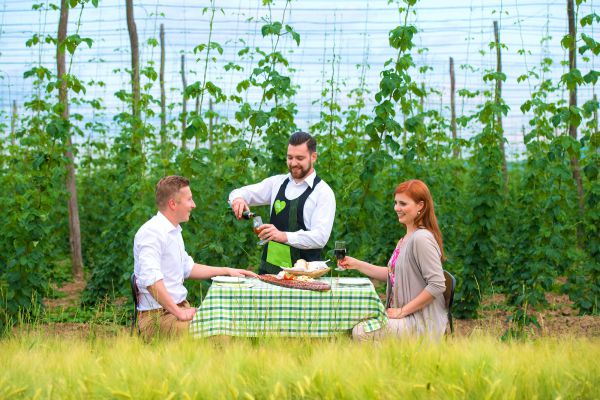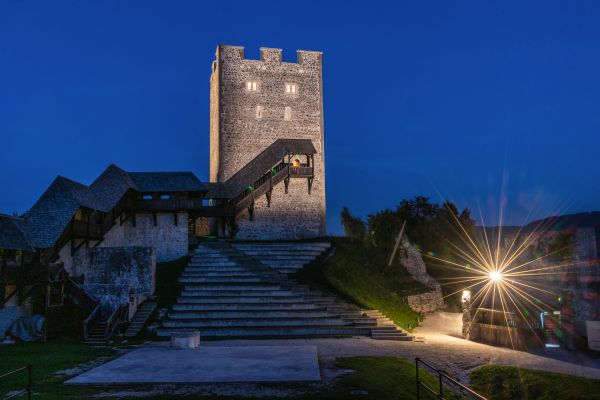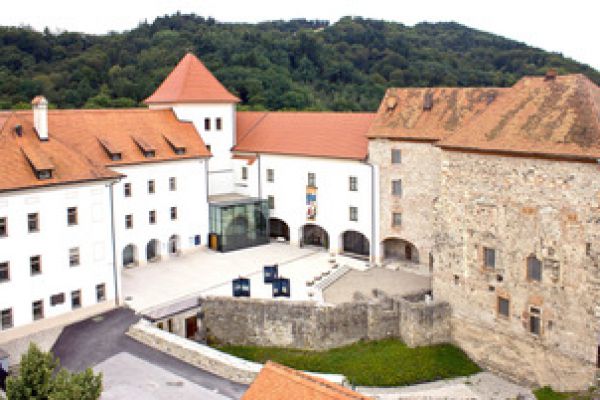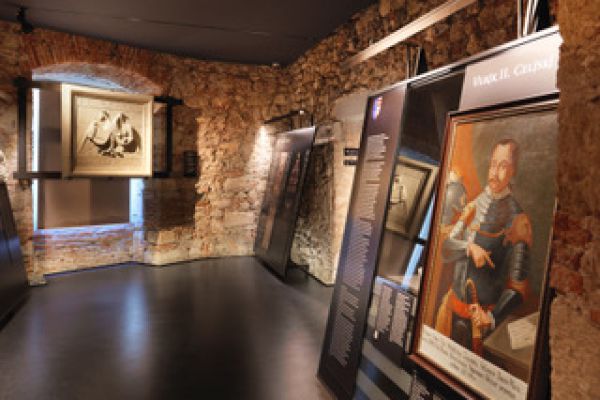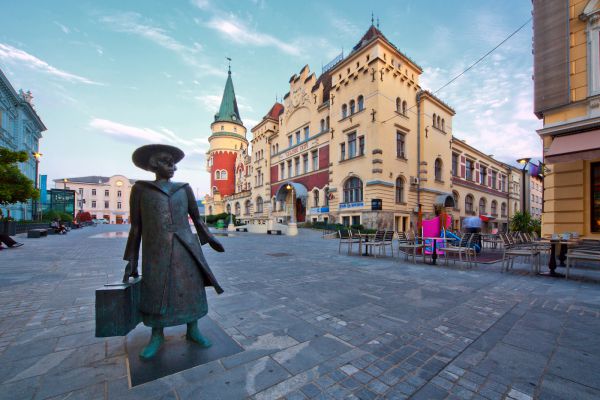A TOUR OF CARANTANIA: A JUMP TO OUR NEIGHBOURS IN THE NORTH

The principality of Carantania was particularly notable for its ancient ritual of appointing Carantanian dukes. The ritual took place at the Prince’s Stone (Knežji kamen) which was performed in a Slavic language and persisted in its original form until the first half of the 15th century. This specific ceremony was also noted by French historian, Jean Bodin in his book, Six livres de la Republique; and was said to be then read by Thomas Jefferson, leading to speculation by some historians that it may have inspired him in writing the draft of his "Declaration of Independence".
This crossroads of the Alps, the Pannonian Plains and the Mediterranean was a very lively area before the period of Carantania. It was inhabited by a variety of diverse people who helped shape the area’s cultural heritage. The most notable being the Illyrians during the early Iron Age, followed by the Celts, who in the 3rd century BC established the Celtic Kingdom of Noricum, which later became a Roman province. The period under the Roman Empire left a rich cultural heritage in the first towns that appeared in this area.
It wasn’t until the 16th century that the rich blend of old and new matured enough to have its language published, sowing the seeds of its first national programme.
PROGRAM
Take a scenic drive through one of the sweeping Alpine passes to Klagenfurt, the capital of Austrian Carinthia, where we will visit the region’s seat of power and see the legendary Carantanian Prince’s Stone as well as touring the old town and main city square.
After a short break we will continue onto the village of Karnburg, visiting the site of a castle ruin, once known to be home to the region’s Princes. We will head to the church of Maria Saal, an important place of pilgrimage and final resting place of Irish bishop Modestus, who was known to have brought Christianity to the local Slavic speaking people. After visiting the church and former fortress, we’ll visit the Duke’s chair, a medieval stone seat dating back from the ninth century.
After lunch we’ll take a drive to Hochosterwitz castle, an outstanding example of a medieval fortress and stronghold. The winding access is blocked by 14 fortified gates that lead to the castle’s armoury, right in front of the main castle. During this visit learn how these 14 gates were the castle’s main distinctive feature and made this clever and technically superior construction impregnable for enemies.
The tour concludes with a drive back to Slovenia.
MARIBOR; ŽIČE and the region’s VINEYARDS
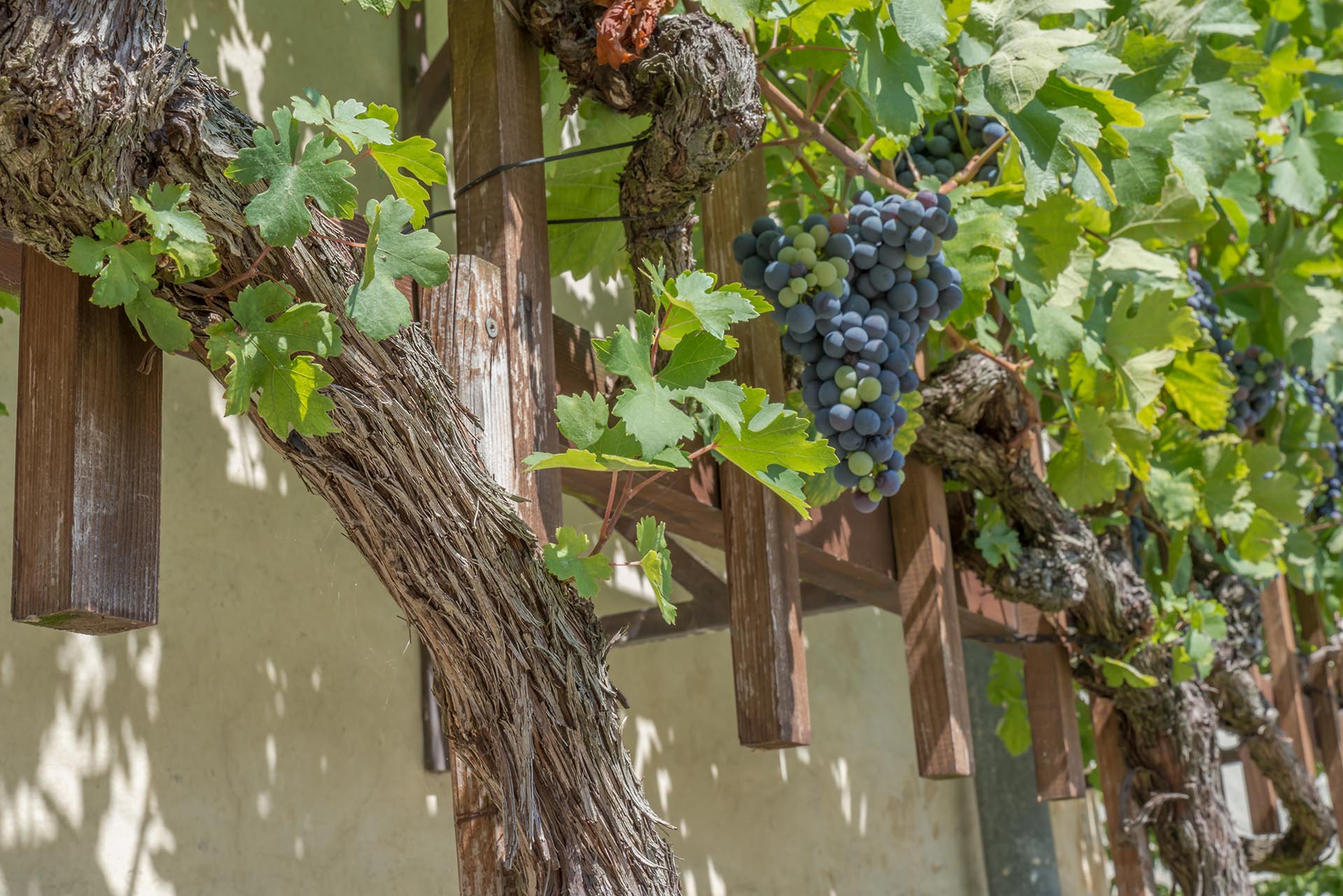
- from 140€/person
- min 4
The city of Maribor straddles the Drava River and gives visitors stunning vistas of the surrounding green Pohorje forests and picturesque vineyards. The nearby Žiče Charterhouse is a former monastery, once home to the mysterious "white monks". Today the place offers an opportunity for relaxation; guests can escape from the hustle and bustle, catch a concert or even witness a fairytale wedding.
Program
Our first stop takes us to Žiče and a visit to its former monastery, which was the first Carthusian monastery in the German sphere of influence at its time and was also the first of its kind outside France or Italy.
We continue on by paying a visit to Slovenia’s second largest town, Maribor. The tour begins with a stop at the city’s grand castle, a visit to the gothic cathedral and tomb of the famous bishop and first Slovenian Saint, Anton Slomšek, before arriving at Maribor’s main square in the front of the town hall.
Around the corner lies the ex Jewish quarter and we’ll visit one of Europe’s oldest synagogues on Židovska Ulica (or Jewish Street in English). This place was Maribor’s ghetto during medieval times but after the Jews was expelled from the city in 1497, its synagogue became a church, then a military warehouse and finally a private residence before reverting back to its original role. This modest, but historic building is now a cultural centre and museum with artefacts from the city’s Jewish population.
Our path then leads to the heart of the old city centre, Lent, home to the oldest grape vine in the world. Proudly on display in front of the Old Vine House, the confirmed age of this “Žametovka” or “Modra Kavčina” vine is over 400 years old, securing its place in the Guinness Book of Records, as the oldest vine in the world still bearing grapes.
The tour includes a scenic drive through the area’s vineyards and an opportunity for wine tasting in a family run cellar door.
River of Seven Names
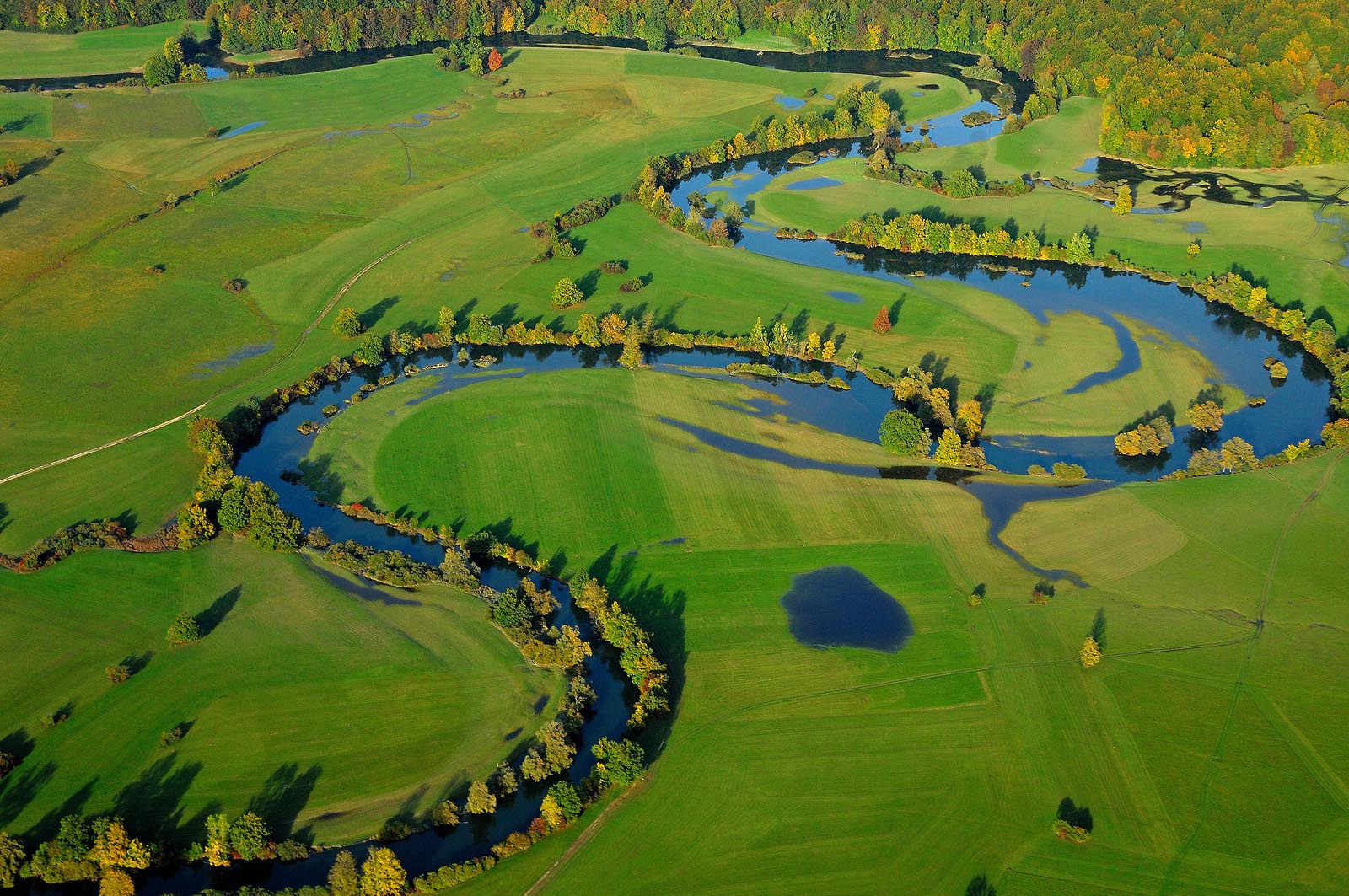
- from 140€/person
- min 4
Description
Among Slovenian rivers, the Ljubljanica is something special. It is supplied with water from many karst streams - this is why it is also known as The River of Seven Names. Its path is long and exciting. It vanishes into the ground and comes to the surface many times along its course, each time with a different name. From its source in the foothills of Mount Snežnik it is known as Trbuhovica, then later as Obrh, then Stržen, Rak, Pivka and Unica rivers, until it rises to the surface for the final time near Vrhnika as the Ljubljanica. There are three major groups of springs: Močilnik, Retovje and Bistra, but you can also discover many other springs, wells and affluents.
Program
Our first stop leads us to Vrhnika, a town where, according to Greek mythology, Greek heroes, Jason and the Argonauts ended their sail along the Ljubljanica right here. The Argonauts disassembled their ship and carried it on their shoulders to the Adriatic Sea.
In Vrhnika we will visit the Ljubljanica River Exhibition, where we will learn the story of the town where the oldest discovered wooden wheel in the world was found, dated as old as 5,200 years.
Afterwards we will continue to Močilnik, a limestone valley which is considered as one of the main Ljubljanica springs.
Next we will drive to Planina, a settlement which was on the very border between Yugoslavia (or the Kingdom of Serbs, Croats and Slovenes) and the Kingdom of Italy between WWI and WWII. There we will see the ruins of Haasberg castle and head to the entrance of the Planina cave, where the river Unica surfaces.
Lunch break
After lunch we’ll venture to Rakov Škocjan, a picturesque karst valley, formed by the sinking and collapsing of the cave ceiling below. We will trek to view the splendid Big Natural Bridge (Veliki naravni most) and observe the stunning nature that surrounds it.
Our last stop will lead us to Lake Cerknica, which is one of the largest intermittent lakes in Europe. It appears the karst polje (plain) each year, caught between the Javorniki hills and the Bloke plateau on one side, and Mount Slivnica on the other. During the dry season, the lake disappears completely which makes it a phenomenal spot where swimming, fishing, hiking or grass mowing is all possible in just one year! The lake normally stays on the Cerknica plain for about eight months a year and the water usually spreads over a surface area of 20 km2 with its fullest point covering a surface of nearly 30 km2. When full, Lake Cerknica takes the title of being the largest lake in Slovenia.
Return to starting point.
The house of Auersperg and valley of Krka Description
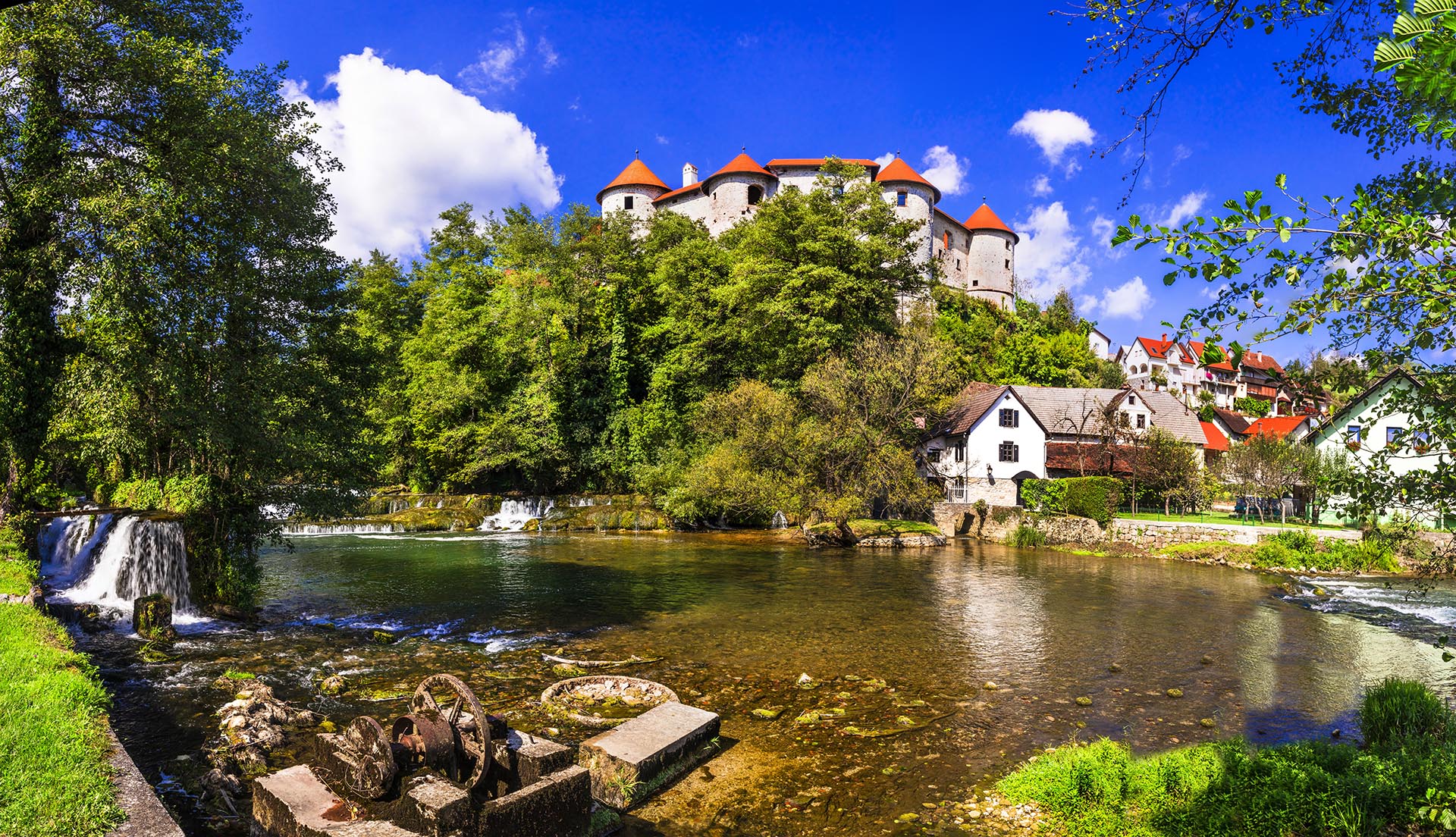
- from 140€/person
- min 4
The Auerspergs had a reputation as capable military leaders; Ivan of Turjak fell in the battle of Vienna in 1529, Herbard of Turjak (Herbard VIII von Auersperg) died at Budačko in 1575, while Andreas von Auersperg, the "Carniolan Achilles," commanded Carinthian and Carniolan forces at the battle of Sisak and contributed to a decisive victory against the Ottomans on 22 June 1593.
Program
Our first stop leads to a village, approx 20 km south of Ljubljana, where we will begin with a visit to Turjak castle. The current castle is first mentioned in 1220, having being destroyed by the great earthquake of 1511, but then rebuilt in time to successfully resist a furious peasants' revolt in 1515 that laid waste to several other castles in the region. It faced a more serious challenge from Turkish raiders, who undertook major assaults against it in 1491 and 1528, but were successfully repelled both times.
The tour continues to Raš’ca, where we will see the memorial House of Primoz Trubar (1508–1586), founder of the literary Slovene language and leader of the Protestant Reformation movement in Slovenia.
Afterwards we will head to village called Krka in the valley of river Krka, which is considered as the longest completely Slovenian river. With a short stop at the spring, we can see the water which is saturated with limestone and is secreted in the form of a tufa, forming typical barriers and thresholds. Many flour mills and sawmills used to operate there, but today they are only used for recreational and tourist purposes.
Next we will drive to Žužemberg where we will visit a prominent medieval fortress rising above the Krka River. One of its most esteemed owners was Johann Weikhard of Auersperg, the tutor of the emperor Ferdinand III, who was a court councillor and the first minister in the Habsburg monarchy, and who obtained family rights to prevent the castle's sale.
Lunch break
We will continue to Dvor, home to the historic Auersperg iron foundry, one of the largest to the south of the Alps and one of the largest early manufacturing plants in the Slovene Lands, was situated in the town from 1796 to 1891. It produced a wide variety of cast iron and wrought iron products
Further on we drive to Soteska, the most an interesting ‘jewel’ of Slovenia's landscape which is shrouded in a veil of mystery; The Devil's Tower in Soteska, a little village between two forested plateaux. The tower has stood here for over three hundred years and remains a place of entertainment and sinful pleasure.
A place whose history is linked to the princes of Auersperg the Soteska manor house features a garden pavilion: a Baroque tower with a trefoil ground plan and surrounded by a stone wall pierced by three stone portals, was a place in which to escape from reality and into mysticism.
Our last stop before heading back is Dolenjske toplice, a place well known for its spas.
The Land of Dukes and Green Gold
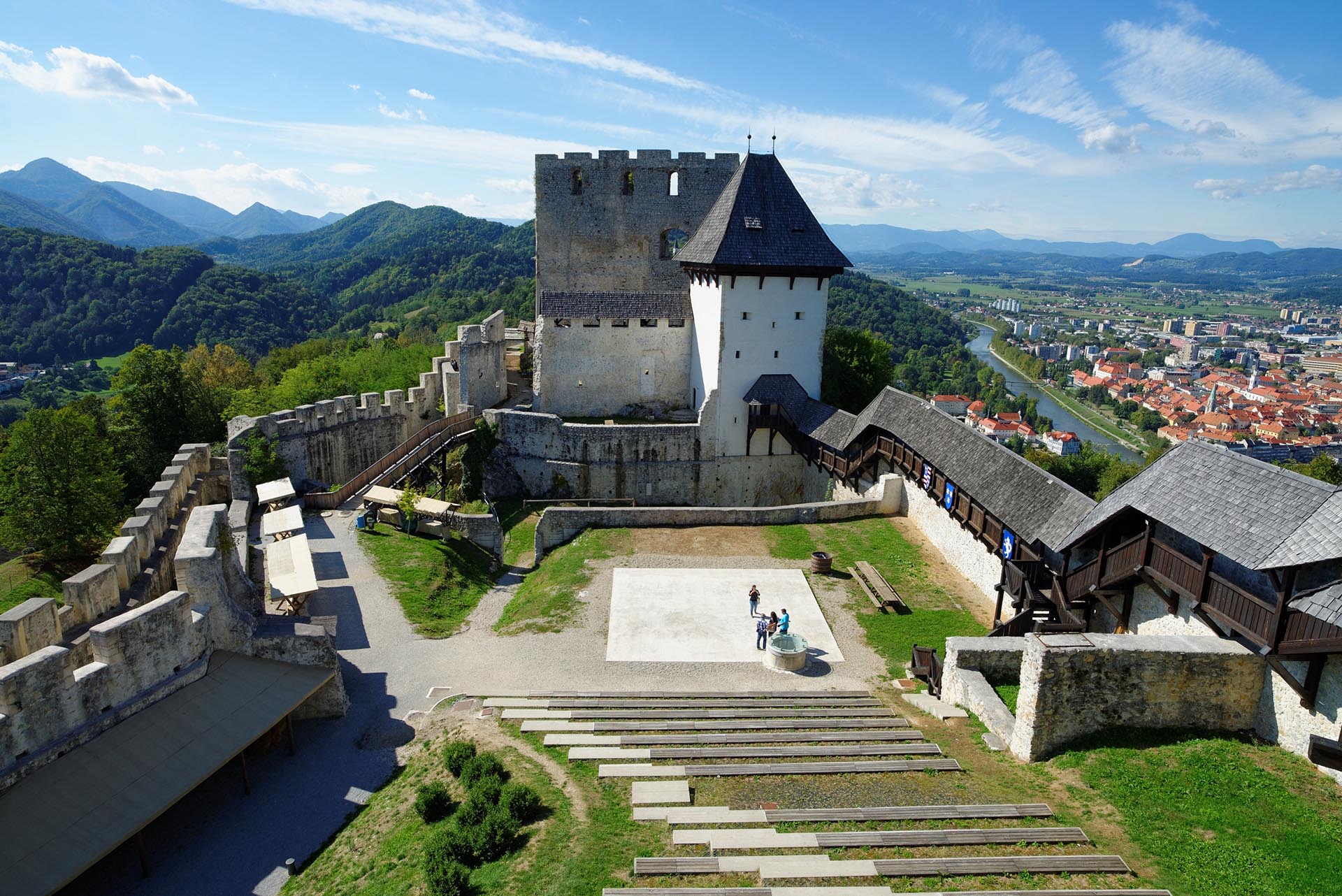
- from 140€/person
- min 4
Description
The House of Celje was the last important medieval dynasty which rose to the heights of European aristocracy. Their princely palace in Celje was, besides Trieste, the only location in the Slovenian lands where the European cultural and artistic traditions flourished.
The Counts of Celje are still part and parcel of the collective memory of Slovenians. With the help of literature in various genres, and contributions of amateur and scholarly writers, the dramatic life stories of certain Celje family members have survived for the last 500 years – no other Slovenian noble family can claim such an achievement.
On our tour we will visit the most notable places of their presence in valley of Savinja and gaze at the countless hop-growing farms and learn how modern hop growing started…
Program
Our first stop will be at a castle, Žovnek (Sanneck), which is one of the oldest fortresses in Slovenia allegedly built under the rule of Charlemagne as a stronghold against the Avars.
Next we will drive between countless hop fields to Žalec, where we will visit The Eco-Museum of Hop-Growing and Brewing Industry in Slovenia. The stop will enrich us with knowledge about hops and the hop-growing and brewing industry.
Of course we won’t forget to taste a few different types of beer in the local square!
Our next stop takes us to Celje, the third largest city in Slovenia, where we will have a guided tour of the exhibition The Counts of Celje in former Prince’s Mansion. The Counts of Celje is a permanent exhibition showing the rise and fall of the most important noble lineage in the Late Middle Ages within contemporary Slovenian territory.
Lunch break
After lunch we will drive to the old castle in Celje, which dates back to 1323. It was given its appearance and overall architecture by the Counts of Celje, whose reign and power had a long reach, having made a substantial impact on the political fate of the Central European region.
TAKE THIS OPPORTUNITY. CONTACT US AND START YOUR DREAM TRIP NOW.






